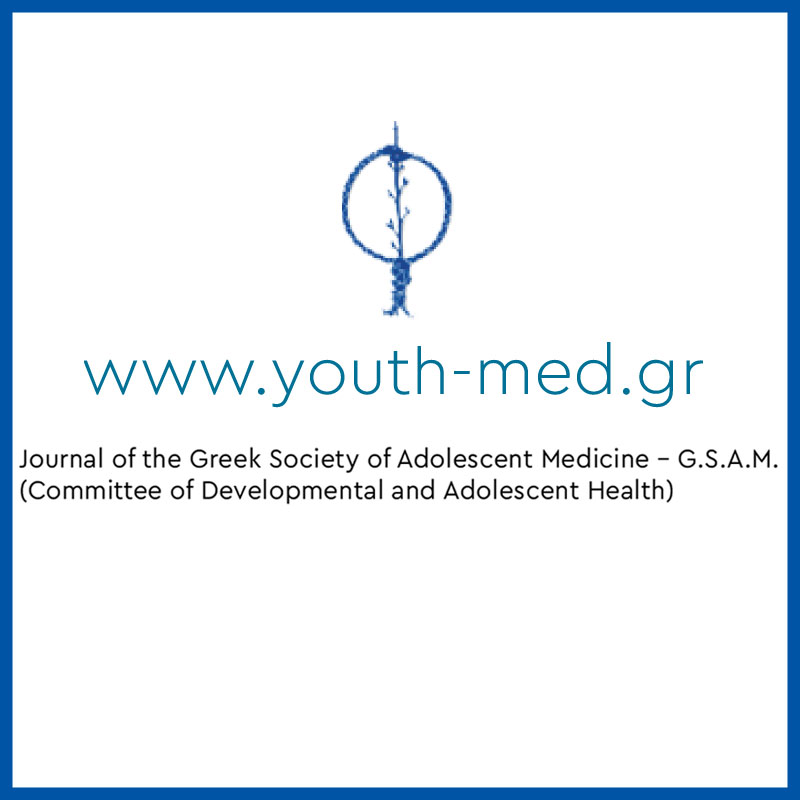Piloting a combined model of socio-emotional learning and peer support against bullying in Greek primary and secondary schools: the ENABLE program
https://doi.org/10.54088/kljuybn
Keywords:
bullying, intervention, peer support, early adolescentsAbstract
The ENABLE program is a European intervention designed to increase student emotional resilience and management of social relationships. The present study aimed to investigate the effectiveness of social and emotional learning (SEL) and a combination of SEL with peer support (SEL+peer support) in a sample of 508 Greek early adolescents, between the ages of 11 to 14 by means of anonymous self-report questionnaires. Assessments were conducted prior to and after the 3-month piloting of the intervention, and indicated that overall students had high baseline social and emotional skills, as well as prosocial attitudes regarding bullying. The intervention improved problem-solving skills, and increased school satisfaction, as well as self-control and emotional awareness. After the intervention, students were more likely to report that they would seek help or report situations of bullying. Overall, this was the first study combining SEL with peer support in Greek primary and secondary schools, with promising results for the combined effectiveness of the programs.
References
van den Akker, J., Branch, R. M., Gustafson, K., Nieveen, N., & Plomp, T. (Eds.). (2012). Design approaches and tools in education and training. Springer
Livingstone, S., Haddon, L., Görzig, A., & Ólafsson, K. (2011). Risks and safety on the internet: the perspective of European children: full findings and policy implications from the EU Kids Online survey of 9-16 year olds and their parents in 25 countries.
Salmivalli, C. (2004). Consequences of school bullying and violence. Taking fear out of schools, 29- 35.
Unnever, J. D., & Cornell, D. G. (2003). Bullying, self-control, and ADHD. Journal of Interpersonal Violence, 18(2), 129-147.https://doi.org/10.1177/0886260502238731
Olweus, D. (1993). Bully at school: What we know and what we can do. Cambridge, MA.
Espelage, D. L., Mebane, S. E., & Adams, R. S. (2004). Empathy, Caring, and Bullying: Toward an Understanding of Complex Associations. In D. L. Espelage & S. M. Swearer (Eds.), Bullying in American schools: A social-ecological perspective on prevention and intervention (pp. 37-61). Mahwah, NJ, US: Lawrence Erlbaum Associates Publishers.
Gini, G., Albiero, P., Benelli, B., & Altoè, G. (2007). Does empathy predict adolescents' bullying and defending behavior? Aggressive Behavior: Official Journal of the International Society for Research on Aggression, 33(5), 467-476. https://doi.org/10.1002/ab.20204
Stavrinides, P., Georgiou, S., & Theofanous, V. (2010). Bullying and empathy: a short-term longitudinal investigation. Educational Psychology, 30(7), 793-802.
Farrington, D., & Baldry, A. (2010). Individual risk factors for school bullying. Journal of Aggression, Conflict and Peace Research, 2(1), 4-16.
https://doi.org/10.5042/jacpr.2010.0001
Andreou, E. (2001). Bully/victim problems and their association with coping behavior in conflictual peer interactions among school-age children. Educational Psychology, 21(1), 59-66.
Crick, N. R., & Grotpeter, J. K. (1995). Relational aggression, gender, and social psychological adjustment. Child development, 66(3), 710-722.
Suldo, S. M., Riley, K. N., & Shaffer, E. J. (2006). Academic correlates of children and adolescents' life satisfaction. School Psychology International, 27(5), 567-582. https://doi.org/10.1177/0143034306073411
Baker, J. A., Dilly, L. J., Aupperlee, J. L., & Patil, S. A. (2003). The developmental context of school satisfaction: Schools as psychologically healthy environments. School Psychology Quarterly, 18(2), 206.
García Bacete, F. J., Marande Perrin, G., Schneider, B. H., & Blanchard, C. (2014). Effects of School on the Well-Being of Children and Adolescents. Handbook of Child Well-Being, 1251-1305. doi:10.1007/978-90-481-9063-8_149
Durlak, J. A., Weissberg, R. P., Dymnicki, A. B., Taylor, R. D., & Schellinger, K. B. (2011). The impact of enhancing students’ social and emotional learning: A meta-analysis of school-based universal interventions. Child development, 82(1), 405-432. https://doi.org/10.1111/j.1467-8624. 2010.01564.x
Payton, J., Weissberg, R. P., Durlak, J. A., Dymnicki, A. B., Taylor, R. D., Schellinger, K. B., & Pachan, M. (2008). The Positive Impact of Social and Emotional Learning for Kindergarten to Eighth-Grade Students: Findings from Three Scientific Reviews. Technical Report. Collaborative for Academic, Social, and Emotional Learning (NJ1).
Bistrong, E., Bottiani, J. H., & Bradshaw, C. P. (2019). Youth Reactions to Bullying: Exploring the Factors Associated with Students’ Willingness to Intervene. Journal of School Violence, 1-14.
Rivers, I., Poteat, V. P., Noret, N., & Ashurst, N. (2009). Observing bullying at school: The mental health implications of witness status. School Psychology Quarterly, 24(4), 211.
Boulton, M. J., Trueman, M., & Flemington, I. (2002). Associations between secondary school pupils' definitions of bullying, attitudes towards bullying, and tendencies to engage in bullying: Age and sex differences. Educational studies, 28(4), 353-370.
Salmivalli, C. (2004). Consequences of school bullying and violence. Taking fear out of schools, 29- 35.
Ortega, R., Mora-Merchán, J. A., Singer, M., Smith, P. K., Pereira, B., & Menesint, E. (1999). The general survey questionnaires and nomination methods concerning bullying. In Final report presented at IV Meeting of TMR project: Nature and Prevention of Bullying and Social Exclusion. Munich.
Rigby, K., Cox, I., & Black, G. (1997). Cooperativeness and bully/victim problems among Australian schoolchildren. The Journal of Social Psychology, 137(3), 357-368. https://doi.org/10.1080/00224549709595446
Whitney, I., & Smith, P. K. (1993). A survey of the nature and extent of bullying in junior/middle and secondary schools. Educational research, 35(1), 3-25. https://doi.org/10.1080/0013188930350101
Fekkes, M., Pijpers, F. I., & Verloove-Vanhorick, S. P. (2004). Bullying: Who does what, when and where? Involvement of children, teachers and parents in bullying behavior. Health education research, 20(1), 81-91.
Unnever, J. D., & Cornell, D. G. (2004). Middle school victims of bullying: Who reports being bullied? Aggressive Behavior: Official Journal of the International Society for Research on Aggression, 30(5), 373-388.


